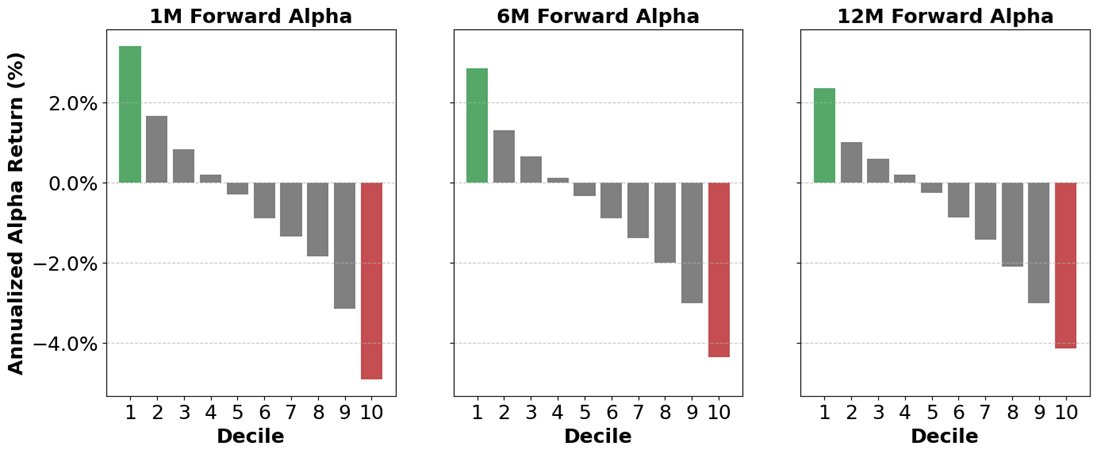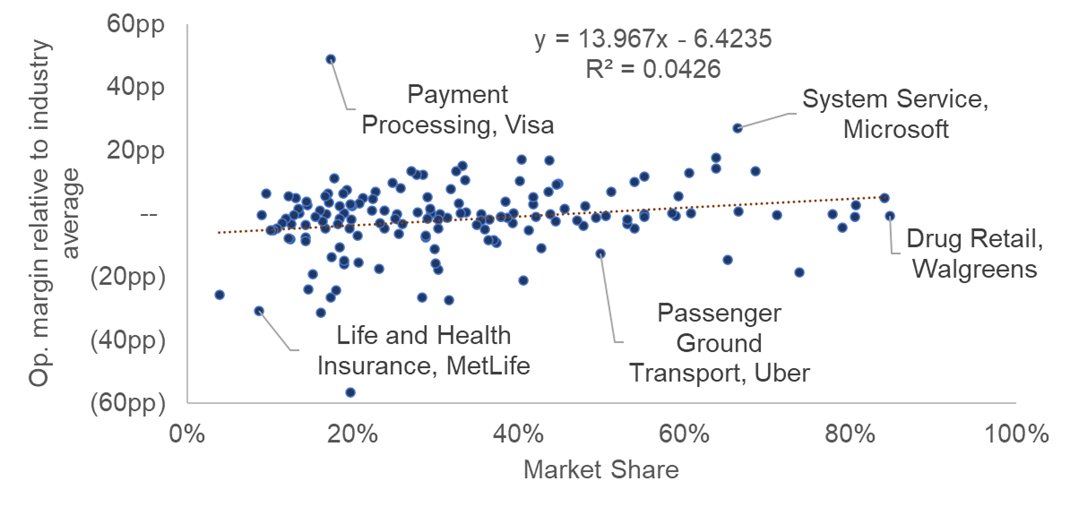I just pulled down from CapitalIQ a data set of every private equity deal from 2017-2019 with EV>$1B. Average EBITDA multiple was 17.3x and of those with a credit rating 35% rated B-.
Most expensive deal in the dataset:
bloomberg.com/news/articles/…
bloomberg.com/news/articles/…
Second most expensive deal in the dataset:
forbes.com/sites/antoineg…
forbes.com/sites/antoineg…
Third most expensive deal in the dataset:
crn.com/news/security/…
crn.com/news/security/…
PE firms are paying extremely high multiples for software businesses with Thoma Bravo leading the pack in terms of purchase prices.
And by popular demand, the three most expensive non software deals in the dataset:
#1 Nord Anglia Education
reuters.com/article/us-nor…
#1 Nord Anglia Education
reuters.com/article/us-nor…
#2 Albany Molecular Research
reuters.com/article/us-alb…
reuters.com/article/us-alb…
#3 Analogic
wsj.com/articles/priva…
wsj.com/articles/priva…
• • •
Missing some Tweet in this thread? You can try to
force a refresh



















